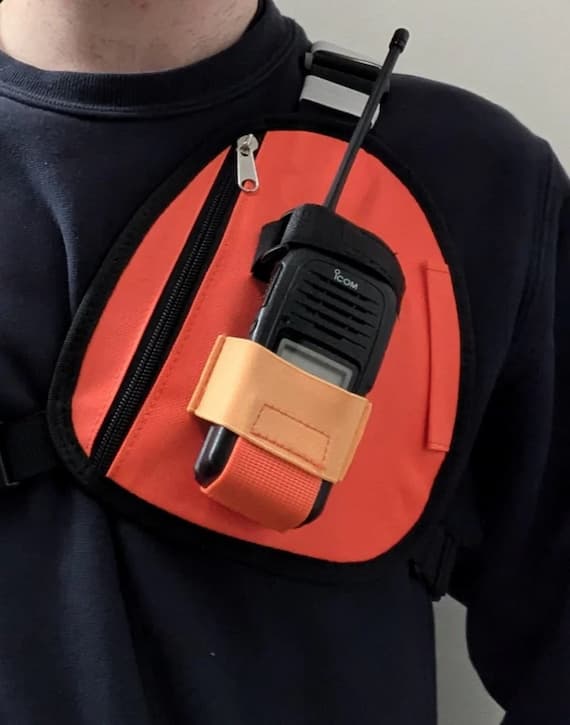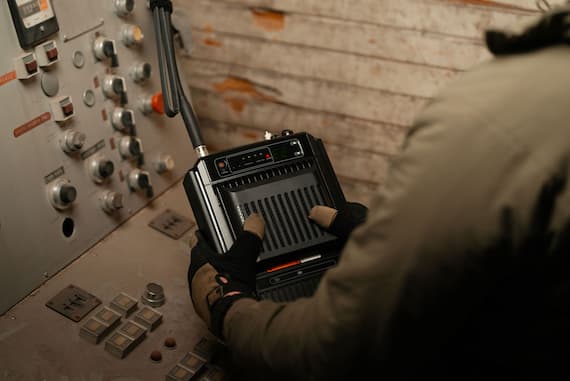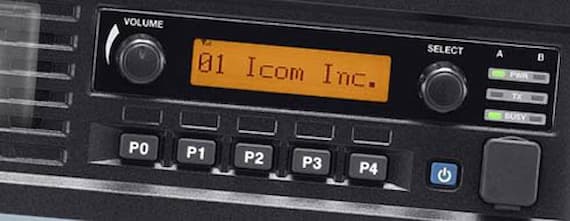Technically known as two-way radios, walkie-talkies were first developed during the 1930s. They got their more popular name because you could walk and talk at the same time, which was something that wasn’t possible with telephones back then.
Two-way radios work by receiving radio waves and converting them to audio, as well as sending radio waves that could then be converted to audio by another device. However, walkie-talkies can’t always reach long distances, be it for a weekend-long camping trip or a nightly off-road exploration, as they require the use of a two-way radio signal repeater.
What Matters in Two-Way Radio Repeaters

Digital vs. Analog
The biggest difference between one two-way repeater and another is the way it works to receive, convert and send signals, which can be done digitally or in an analogue way. A digital walkietalkie repeater reconstructs weak signals into clear ones and removes any unwanted noise before it sends them to their respective receiver stations. An analogue repeater amplifies the signals together with the noise, thanks to amplifiers and then sends them to their receiver stations.
Antenna Placement
The area you have for the antenna affects the type of repeater you should get, as well as how easy it’s going to be to mount the antenna. Make sure that the space you’re working with allows you to install the antenna at the highest point so that it works with most available frequencies.
Installation
Installing the repeater together with the antenna shouldn’t be much of a hassle; however, depending on your setup and the capabilities you expect from it, it can turn into a challenge. If you go for a single-antenna system, don’t expect that to be the case, but if you go with a dual-antenna system, things can get tricky. That’s because dual-antenna systems can prevent interference and can transmit signals to different locations.
Coverage
The distance for which the walkie-talkie repeater extends the reach of the radio is affected by the number of antennas, the placement of your setup and the positioning of the antennas. By doing a coverage test, you can make sure you get the longest possible range and a radio that operates on the widest possible frequency range.
Parts of a Two-Way Radio Repeater

Antenna
As you already know, the antenna is responsible for extending the reach of the signals the repeater is receiving and transmitting. The antenna is the only component that needs to be placed outside to work properly.
Amplifier & Isolator
These two components may not always come placed together within a repeater; however, both have one goal, and that is to help make it work at its best. That’s because an amplifier helps boost the strength of the signal, while an isolator helps prevent interference from distorting any of it.
Receiver & Transmitter
The core functions of a repeater are possible thanks to the receiver and transmitter. These internal components are there to help the repeater receive signals from the antenna and send them out to the correct frequency. Because of their similar roles, the receiver and transmitter operate on different frequencies so that there isn’t any interference between the two.
Types of Two-Way Radio Repeaters
Low-Power
If you want to be able to communicate with someone at the other end of a small town or university campus, then you should go for a low-power repeater. That’s because a two way radio signal repeater uses anywhere between 2 and 5 watts of power to send and receive signals through antennas found at low heights.
High-Power
With high-power two-way radio repeaters, you can reach someone at a greater distance than you can with low-power repeaters. Since their power consumption is much higher, up to 100 watts, they are commonly used from tall hilltops and towers to ensure the largest possible coverage both in terms of the area around them and frequency range.
Which Types of Two-Way Radios Work With Repeaters?
Base Stations
A fixed solution known as a base station is the most advanced two-way radio repeater you can get. That’s because these models come rated for 5 watts, and because of that, they need to be set down on a desk or hung on a wall. They can’t be carried or taken in your vehicle unless you have a powerful enough battery and the correct socket to connect it to.
Handheld
The most common types of two-way radio signal repeaters are handheld ones since they can be carried anywhere. This makes them a far more versatile solution than base stations; however, handheld models are less powerful.
Mobile
With mobile repeaters, you get an extended range when it comes to uneven terrain. They are made to be used within vehicles without being as demanding as base stations, but not as incapable as handheld units.

